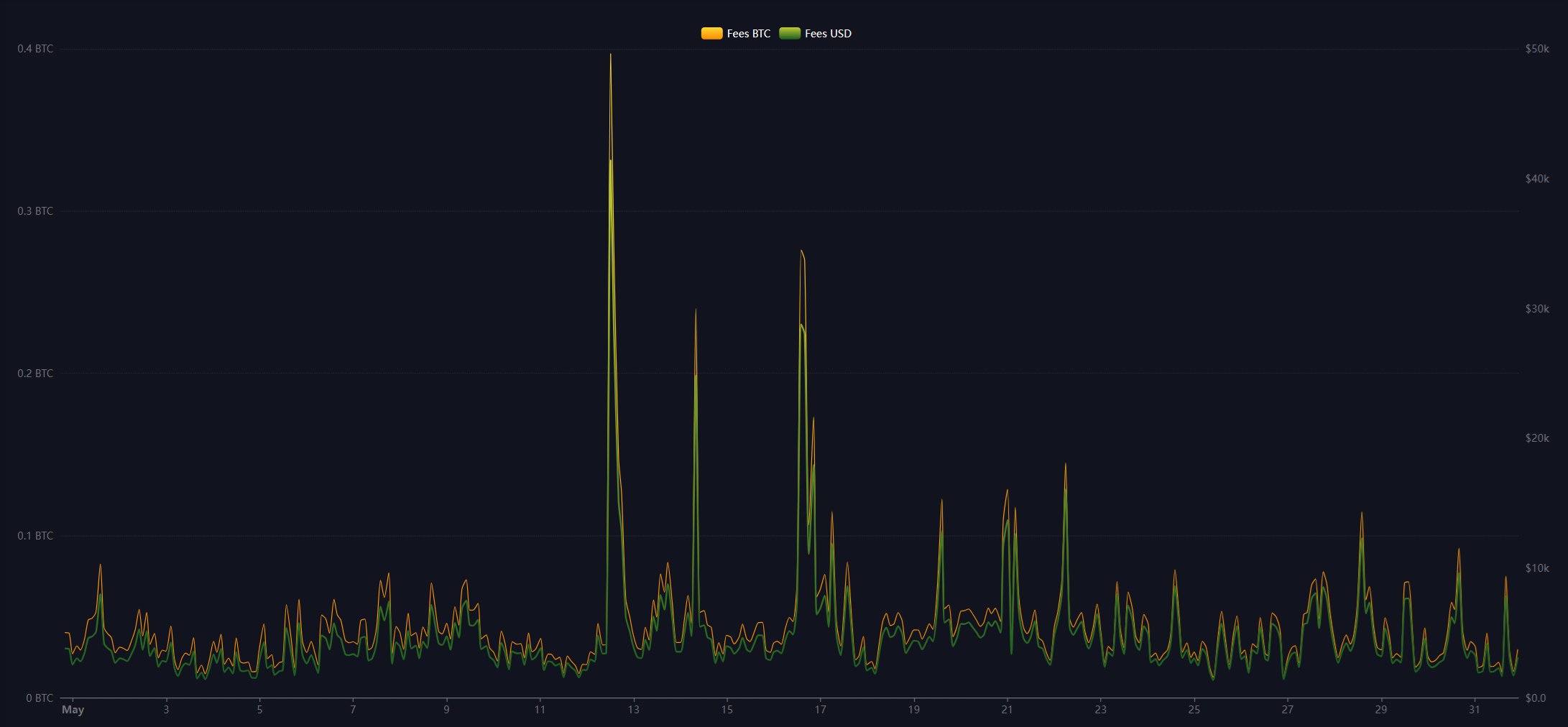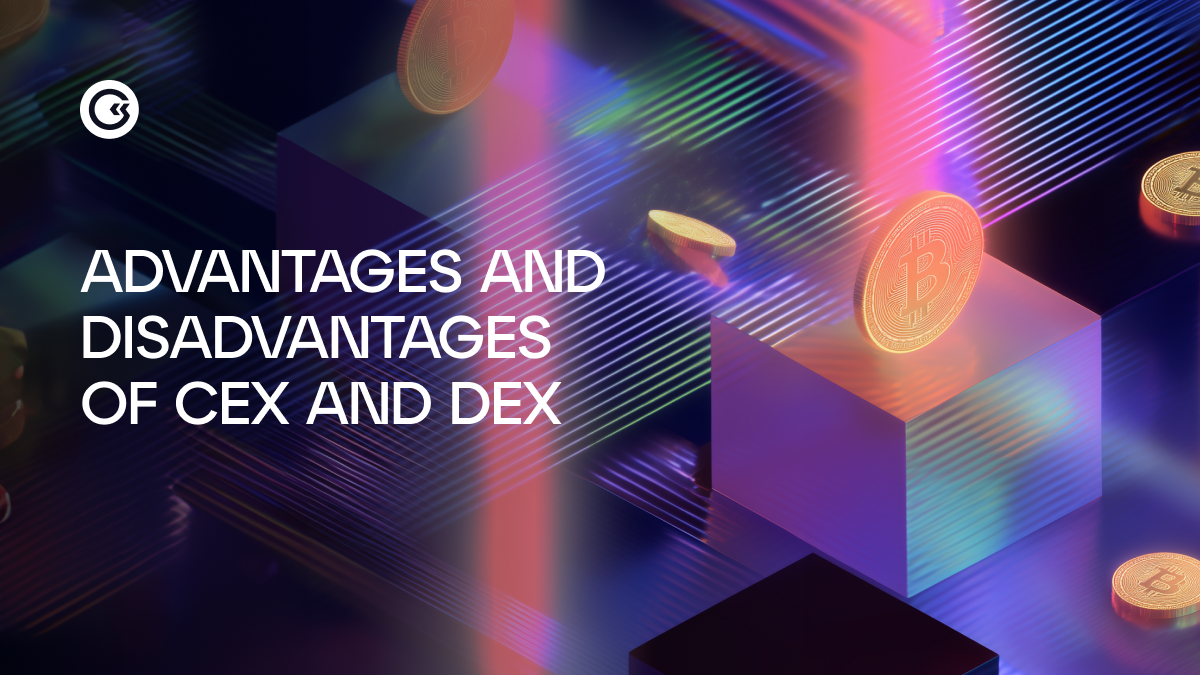May was another month to remember for Bitcoin. BTC hit a new all-time high, driven by strong ETF inflows and a wave of corporate balance sheet allocations. Miners ramped up hashrate to record levels, with margins improving as Bitcoin’s price growth outpaced difficulty adjustments.
The month wrapped up with GoMining making a strong showing at the largest Bitcoin conference in history. With an estimated 30,000 attendees, Bitcoin 2025 in Las Vegas was buzzing—and the GoMining pavilion drew plenty of attention, from thought leadership on stage to an exclusive side event, GoMining Institutional showcased its growing role in the mining infrastructure space.
As the saying goes, Bitcoin years feel like dog years—and May was no exception. Let’s recap what happened over the past month.
Bitcoin in Price Discovery Mode
Bitcoin saw a sharp decline in early April, dropping to a five-month low just above $74,000 amid rising geopolitical tensions and renewed concerns over U.S. trade policies. However, a recovery began later that month and gathered momentum into May.
On May 7, Bitcoin jumped more than $6,000 in a single day, breaking through the $100,000 mark for the first time. The rally gained further strength after the White House announced a new 90-day tariff agreement with China on May 12. Under the deal, both countries will lower tariffs to 10%—a 24% reduction from current levels—starting May 14.
Expectations of a potential U.S. tax relief package added fuel to the rally. On May 21, BTC broke through its previous all-time high of around $109,500, set on January 20. The rally briefly stalled just above $112,000, followed by a minor pullback to levels slightly below the January peak.
For the month of May, Bitcoin surged from $94,160 to $104,500, gaining over $10,000 and marking a 11% monthly gain. May ended 40% from its yearly low on April 7 and has gained almost 12% year-to-date.

BTC price breaking into uncharted territory (Source: TradingView).
Institutional Investors Drive Price Action
A key driver behind Bitcoin’s recent momentum has been the strong net inflows into spot Bitcoin ETFs. In May alone, these inflows totaled over $5.23 billion—equivalent to approximately almost 50,000 BTC. Spot Bitcoin ETFs now held a record-breaking $134.97 billion in assets under management (AUM) on May 23rd, surpassing the previous peak of $125.67 billion set in January 2025.

Net inflows ETFs were one of the main drivers of price in May (Source: Coinglass).
Alongside strong institutional inflows into spot Bitcoin ETFs, several major investment announcements further highlighted growing institutional interest. JPMorgan revealed plans to offer Bitcoin access to clients, and Robinhood expanded its presence in the Canadian crypto market by acquiring WonderFi. In addition to Strategy and Metaplanet, Cantor Fitzgerald’s $3.6 billion SPAC deal will take Twenty One Capital public—with over 42,000 BTC on its books—backed by Tether, Bitfinex, and SoftBank. Strive Asset Management is merging with Asset Entities on Nasdaq to form what it calls the first publicly traded, asset-manager-led Bitcoin treasury company, armed with a live $1 billion shelf to keep buying BTC.
Battery-tech firm KULR Technology Group grew its holdings to 800 BTC in May after a $9 million purchase. Meanwhile, companies including India’s Jetking Infotrain, Indonesia’s DigiAsia Corp, Brazil’s Méliuz, France’s state-owned Bpifrance, and Nakamoto Holdings—now merging with KindlyMD to build the first decentralized Bitcoin treasury network—have all announced accumulation strategies. Collectively, these firms represent billions in largely price-insensitive spot demand.
As institutions accumulate spot BTC, structured solutions offering mining-linked yield exposure are gaining parallel traction—underscoring a broadening approach to participation.
Bitcoin Supply on Exchanges Hits 3-Year Low
As demand rises, Bitcoin balances on centralized exchanges dropped to a three-year low of 2.43 million BTC at the end of May—down more than 325,000 BTC since the start of the year. This decline in exchange reserves is often viewed as a sign that investors are moving assets to private wallets, suggesting stronger long-term holding behaviour and reduced selling pressure.

Bitcoin Exchange Reserves hitting 3-year low (source: CryptoQuant)
Record High in Network Hashrate
Bitcoin’s network hashrate hit a record 929 EH/s in early April before falling sharply to a monthly low of 817 EH/s—a 12% drop and the steepest decline of 2025 so far. Notably, this marked only the third time in Bitcoin’s history that hashrate fell by more than 100 EH/s, with another such drop already occurring earlier this year. The dip was followed by a swift V-shaped recovery, as hashrate surged to a new all-time high of 935 EH/s by May 7—a 118 EH/s rebound in just two weeks. Since then, there was another big drop before marking a new ATH at 947 EH/s on May 30. The month began at 863 EH/s and ended at 936 EH/s, reflecting a 8.5% increase. Year-to-date, network hashrate is up 16% as of the end of May.

Network hashrate cooling off after hitting new ATH (source: Lincoln Lens)
Bitcoin Mining Giants Ramp Up
Several publicly traded companies are rapidly deploying hashrate capacity in 2025. CleanSpark recently surpassed 40 EH/s in realized hashrate, while IREN boosted its operating hashrate by 25% in April, crossing the 30 EH/s threshold. This growth secured IREN’s spot as the third-largest public miner, behind only Marathon (58.3 EH/s) and CleanSpark (42.5 EH/s). IREN aims to hit 50 EH/s by the end of Q2 but has stated it will pause further expansion to focus on developing its AI infrastructure.
Cango is also expanding aggressively, targeting an additional 18 EH/s by the end of July as part of a previously disclosed hardware deployment. At the end of May, the combined installed hashrate of MARA, CleanSpark, IREN, Riot and Cango reached 199 EH/s—around 21% of Bitcoin’s total network capacity.
Bitdeer has taken a different approach by accelerating growth amid broader market hesitation. The company increased its realized hashrate by 67.5% following the deployment of its proprietary SEALMINERS. This move comes at a time when many miners are holding back expansion plans due to low profitability and weakening hardware demand.
HIVE Digital Technologies is also in growth mode, having more than doubled its operating hashrate to 8.3 EH/s. Fuelled by a BTC-backed financing structure, the company is on track to hit 11.5 EH/s by the end of June. Its long-term roadmap outlines targets of 18 EH/s by Q3 and 25 EH/s by Q4 2025, supported by 300 MW of hydro-powered infrastructure in Paraguay.
The public mining sector is clearly scaling up. As of the end of May, nine public miners now operate above 10 EH/s. The top five collectively control 193.2 EH/s—representing about 20.8% of the global Bitcoin network hashrate.
Meanwhile, non-public platforms like GoMining continue to expand quietly, offering alternative models of access for retail and institutional participants alike.

The top five collectively control 193.2 EH/s (source: Bitcoin Mining Stock)
Trump-Backed Bitcoin Miner American Bitcoin to Go Public
At the end of April 2024, Hut 8 acquired a majority stake in American Bitcoin, a mining venture launched in partnership with American Data Centers, an entity backed by Donald Trump Jr. and Eric Trump. Since then, American Bitcoin has positioned itself as a vehicle for large-scale Bitcoin accumulation, leveraging both political connections and infrastructure expertise.
In May, American Bitcoin announced it is set to go public through a stock-for-stock merger with Gryphon Digital Mining. The newly combined entity will retain the American Bitcoin name and is expected to trade on the Nasdaq under the ticker “ABTC” as early as Q3 2025.
Following the merger, American Bitcoin shareholders will hold approximately 98% of the company. Leadership will include Executive Chairman Mike Ho, CEO Matt Prusak, and Chief Strategy Officer Eric Trump. The board will feature Hut 8 CEO Asher Genoot, Tinder co-founder Justin Mateen, and FabFitFun co-founder Michael Broukhim.
American Bitcoin has committed to reinvesting all growth capital into acquiring next-generation ASIC miners to maximize BTC output. Despite quarterly losses following the April 2024 Bitcoin halving and periods of operational downtime, Hut 8 increased its hashrate by 79% and improved efficiency by 37% through upgrades extending into 2025.
Network Difficulty Goes From Drop to Record
Bitcoin’s difficulty adjustment is an automated system that ensures new blocks are mined roughly every 10 minutes, regardless of how much hashrate is active on the network. Every 2,016 blocks—about two weeks—the protocol adjusts mining difficulty based on how quickly blocks were produced during the previous period.
After the sharp drop in hashrate at the end of April, the May 3 adjustment came in at -3.34%. Fortunately for miners, the next adjustment on May 17 was a modest +2.13%, following a cooldown from the recent all-time high in hashrate. On the 30th, another upward adjustment of 4.37% pushed difficulty to a new record of 126,98T.

Three difficulty adjustments during the month of May (Source: Digital Mining Solutions).
Hashprice Recovery Signals Relief for Miners
Hashprice represents the daily revenue a Bitcoin miner earns per petahash per second (PH/s), influenced by block rewards, transaction fees, and Bitcoin’s market price. In May, hashprice continued its recovery from the yearly low of $40/PH/day set in April. It climbed as high as $59/PH/day—a surge of 47.5% in less than two months. After enduring prolonged margin pressure since the April 2024 halving, miners are relieved to see hashprice approaching the $60/PH/day mark once again. At the end of May, hashprice dropped slightly to $53/PH/day. During the month of May hashprice went from $50/PH/day to $53/PH/day, representing a 6% growth MoM.

Hashprice recovered from a yearly low of $40/PH/day (Source: Lincoin Lens).
Transaction Fees Signal Growing Market Activity
After a relatively quiet start to the year, Bitcoin transaction fees began surging in the second half of May—an early sign that market activity is heating up. When demand for block space rises, users compete to have their transactions included in the next block by offering higher fees. This typically occurs when on-chain activity increases, whether due to investor interest, speculative trading, new applications (like Ordinals or inscriptions), or heightened volatility. Higher fees reflect a busier, more competitive network, often correlating with bullish sentiment and broader momentum in the market.

Transaction fees finally started moving (Source: Mempool.space)
Conclusion: Momentum Builds Across the Bitcoin Ecosystem
May proved to be a pivotal month for Bitcoin, marked by renewed institutional interest, record-breaking price, hashrate, and ETF inflows, as well as a clear uptick in on-chain activity. As transaction fees rise, hashprice rebounds, and miners adapt to fresh all-time highs in difficulty, the entire ecosystem is showing signs of resilience and acceleration post-halving.
Whether it’s corporate treasuries stacking sats, miners expanding capacity, or investors re-entering the market through ETFs, the signals are aligned: Bitcoin is gaining momentum. While short-term volatility remains part of the landscape, the long-term fundamentals continue to strengthen.
At GoMining Institutional, we continue to monitor these trends closely, aligning our research, infrastructure, and strategy with the evolving needs of allocators across the Bitcoin ecosystem
Written by Nico Smid – Research Analyst GoMining Institutional.
June 3, 2025













